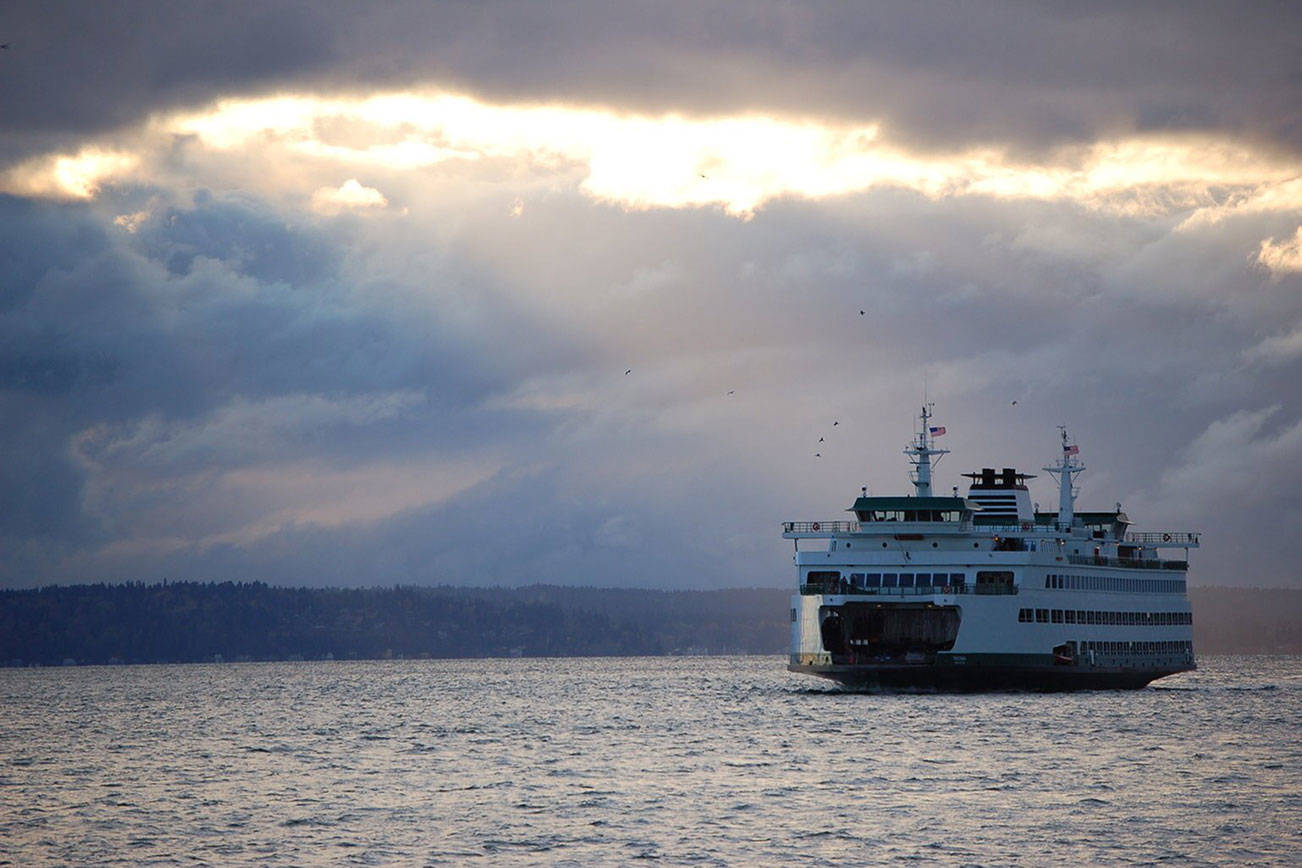All natural resources are connected and we are all connected to them, but most of those resources are not being managed as part of a larger whole, and that can lead to huge imbalances in this ecosystem we call home.
Nowhere is that more evident than in the alarming decline of Puget Sound chinook and southern resident killer whales, and the population explosion of harbor seals and California sea lions.
Puget Sound chinook were listed under the ESA in 1999 and their numbers have only declined since then. They show no signs of recovery because their habitat is being lost faster than it can be restored.
Southern resident killer whale populations in Puget Sound are also ESA listed. Their numbers are now at a 30-year low. The main reason? Loss of their favorite food: chinook salmon.
Meanwhile, populations of harbor seals and California sea lions are at an all-time high. They’re being increasingly blamed for contributing to the ongoing decline of both Puget Sound chinook and southern resident killer whales. In fact, seals and sea lions today are believed to be taking more chinook than sport, commercial and treaty tribal fisheries combined.
You would think that the answer to the problem would be to fix the habitat that chinook rely on to increase their numbers, providing more food for the orcas and making up for the huge appetites of seals and sea lions.
Instead, fishermen will once again carry the largest share of the burden of conservation.
The latest example comes from the updated harvest management plan for Puget Sound chinook that was delivered to NOAA Fisheries Dec. 1. The 10-year plan was developed by the treaty tribal and state co-managers through a federal court-mediated process that began in early 2017. The plan now being reviewed lays out conservation and management goals for all fisheries that affect protected Puget Sound chinook and includes impacts from fisheries in Alaska and British Columbia.
The take-home message: Treaty tribal and non-Indian fisheries will be further restricted, especially in years of low abundance. In Puget Sound, increased restrictions will be needed to protect weak stocks of naturally spawning chinook from the Snohomish and Stillaguamish rivers because those fish are caught throughout the region.
Producing more salmon from our hatcheries provides no solution unless habitat is also addressed. Once a salmon is released from a hatchery it has the same habitat needs as naturally spawning salmon. That includes access to and from the sea, good spawning habitat and plenty of cool, clean water.
We aren’t going to restore salmon habitat overnight. It’s taken many years for things to get as bad as they are now. But there are some things we can start to do right now that could lead to real improvement:
• Develop uniform standards for critical stream-side lands that protect water quality;
• Establish and enforce water quality and quantity standards that protect, conserve and restore water for salmon;
• Prioritize funding for fish-blocking culvert removal;
• Gather data on the populations, diets and ecological impacts of seals and sea lions in Puget Sound and along the coast to ensure that their management is compatible with recovery efforts for salmon and southern resident killer whales.
We won’t make a difference for Puget Sound chinook or killer whales until we stop relying on easy answers – like reducing harvest – to fix a complex problem.
Salmon need habitat. Everything else needs salmon.
Lorraine Loomis is chair of the Northwest Indian Fisheries Commission (nwifc.org).
Talk to us
Please share your story tips by emailing editor@kentreporter.com.
To share your opinion for publication, submit a letter through our website https://www.kentreporter.com/submit-letter/. Include your name, address and daytime phone number. (We’ll only publish your name and hometown.) Please keep letters to 300 words or less.

